Visiting China, my family origin, was a special trip for me, and an eyeopener into my identity. I was able to retrace my roots and see the cities where my parents met and grew up. I was curious to see what was life like for my paternal family prior to immigrating to America and the life of my maternal family still in China. What interested me was also how the country influenced each of them.
My first trip to the country was for a unique photography commission. I wanted to share my experience with others, so a small group of working professionals (research scientists and engineers) was organized to join. We shared our first of many meals together at a local Tibetan restaurant in the States prior to our trip.
I was given the opportunity to select the locations in China to visit, including my maternal family’s hometown so I could also see my family on the trip. The itinerary was quite ambitious as there were many historical sites and terrain to photograph. China’s history goes back thousands of years and dynasties. When I was in Tibet, China’s military occupation was visibly present. It was odd and uncomfortable as a tourist seeing a convoy of Chinese military trucks on the road. Somehow they looked misplaced and foreign in such a peaceful, spiritual place surrounded by the Himalayas and prayer flags.
Soon after returning home from the trip, my China photography was accepted for an exhibit at the Harbor Park Gallery at the John Joseph Moakley United States Courthouse. It was wonderful to share the memories through this show with my fellow travel mates. They came to see the exhibit and we reminisced about each place and moment we shared together.
As an invited guest speaker at Brown University for their closing convocation of Asian-American History Month, I had the opportunity to talk about how my heritage influenced my art as a Chinese-American. Part of the talk, I presented observations and photographs from my trip to demonstrate how elements of China had affected my artistic style. The talk was featured in their Brown Daily Herald.
Hong Kong Rush
It was not rush hour, but it did seem like that in Hong Kong. This city reminded me of Manhattan, New York, because of its busy (yet carefree in some parts), energy-driven qualities.
Ngong Ping, Lantau Island in Hong Kong
Guangzhou
Going to the Qingping market in Guangzhou was like an open art museum or zoo. There were many interesting things to see from barrels of carpenter ants to live scorpions used for medicinal purposes. I also strolled through Dr. Sun Yat-sen Memorial Hall and the tranquil garden park.
Zhangjiajie National Forest Park in Hunan Province, China
Zhangjiajie reminded me of James Cameron’s film, “Avatar”. The natural monuments towered above 200 meters amidst the fog, looking picturesque. The vegetation resembled those seen in Chinese paintings and calligraphy. We visited the Yellow Dragon Cave as well, which was surreal and appeared out of this world (like what I’d imagine as the surface of the moon).
Faces of Terra Cotta Warriors in Xi’an
The city of Xi’an had the Terra Cotta Warriors on display. These involved life-size armies, horses and chariots of the first Emperor of China, Qin Shi Huang. There were two pits visible and only one appeared to be excavated. Preservation of each model (especially the pigmentation) was paramount, and required further exploration before resuming further excavation. Each face of these Terra Cotta Warriors was unique. It was here where I learned about how these sculptures were built, as well as the ambitions and brutality of the first Qin emperor.
Palace Museum in the Forbidden City
This palace in Beijing was home for emperors and China’s center of government for nearly six centuries.
When I first saw The Great Wall of China through Beijing’s haze from a distance, I remembered my reaction and whispered to myself, “wow” and “how”. This dragon-like, structural creature undulated with the curves and dips of the mountains. Traveling from peak to peak was a hike and a ride. Periodically, I stopped to see the crafts of vendors there; I pondered these hawkers’ seasonal lifestyle, working on such a remarkably historic and challenging place.


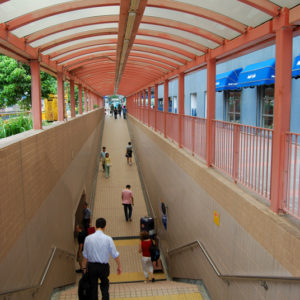
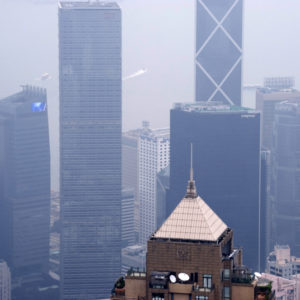
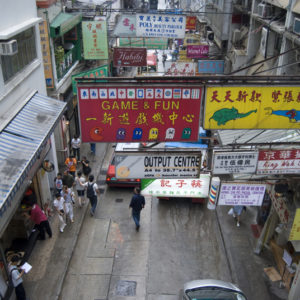
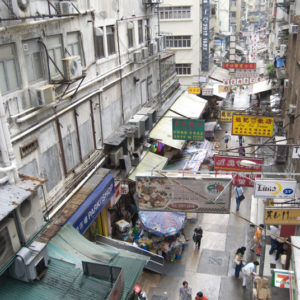
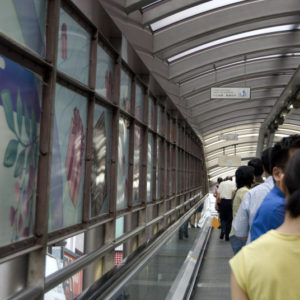
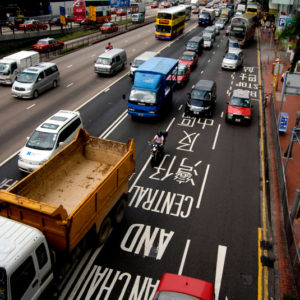

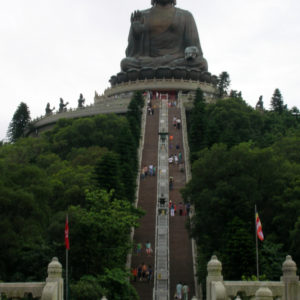

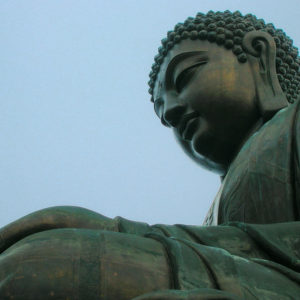
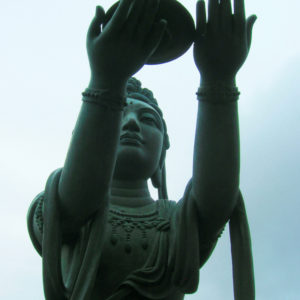
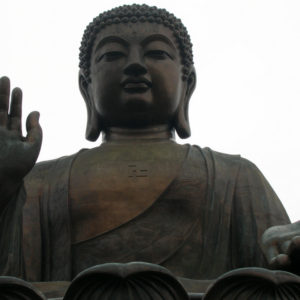
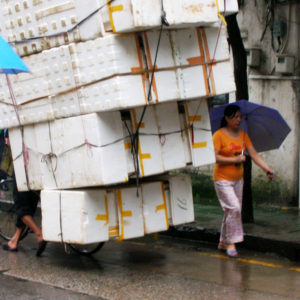
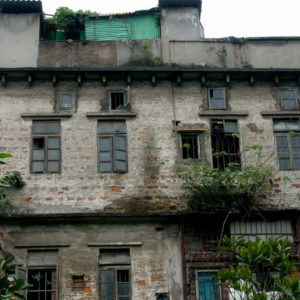
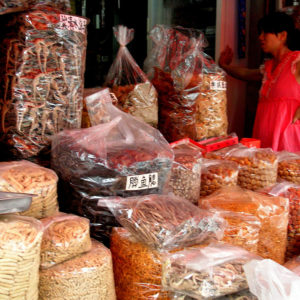
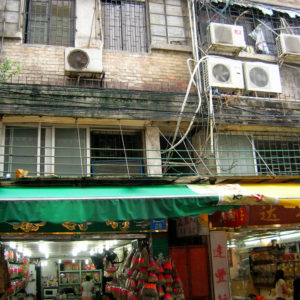
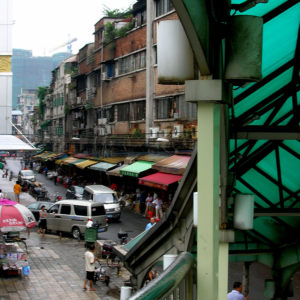
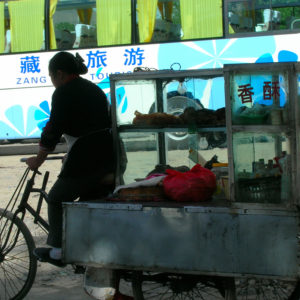
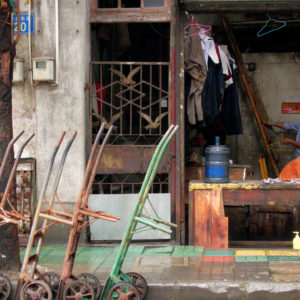
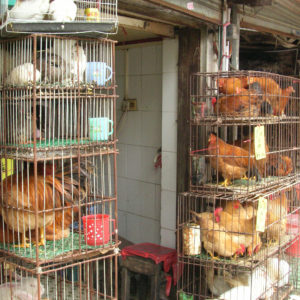
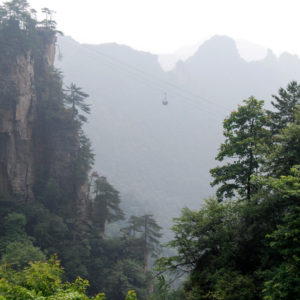

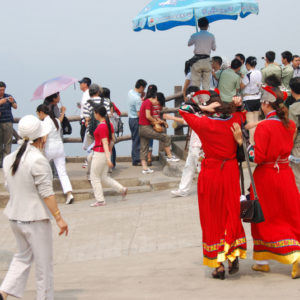
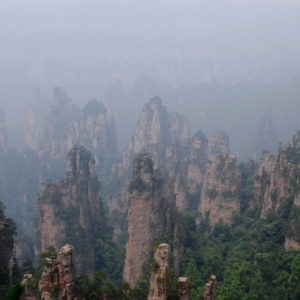
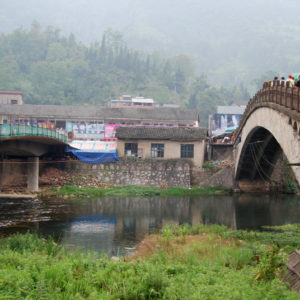
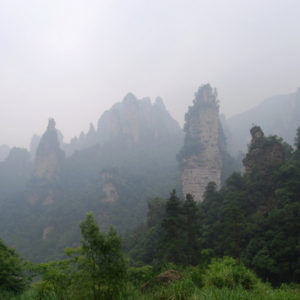
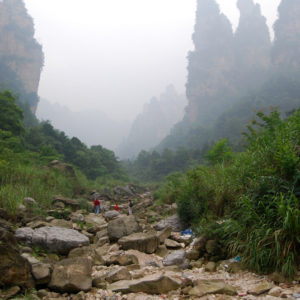
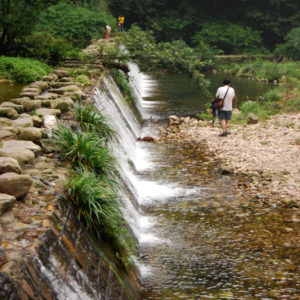
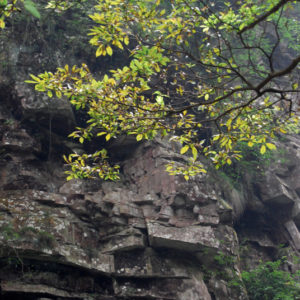
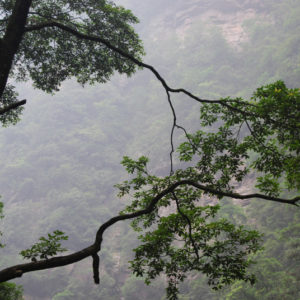
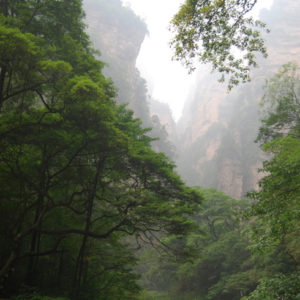
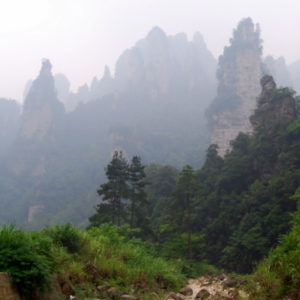
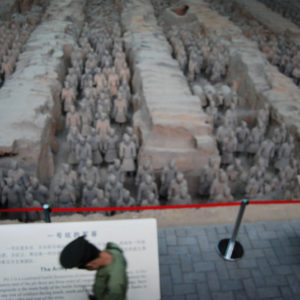
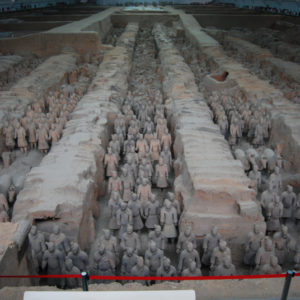
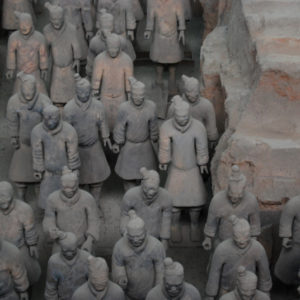
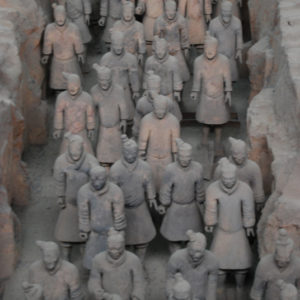
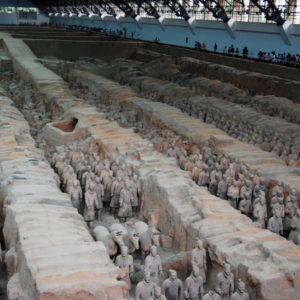
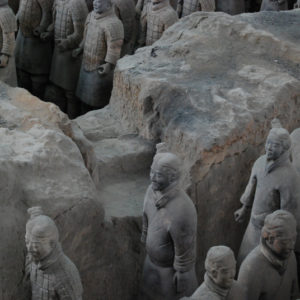
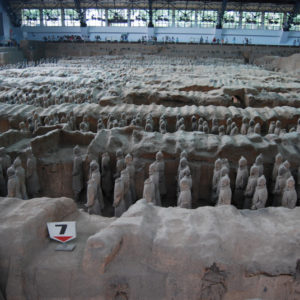
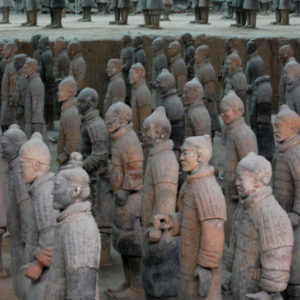
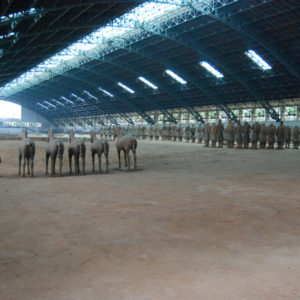
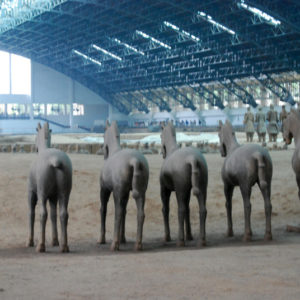
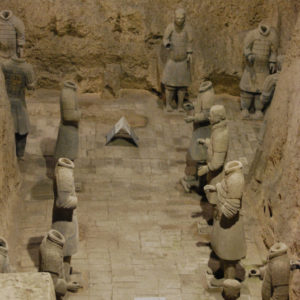
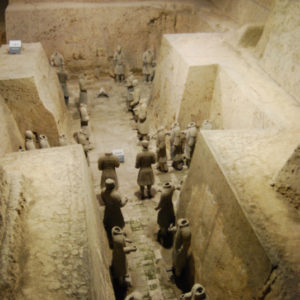
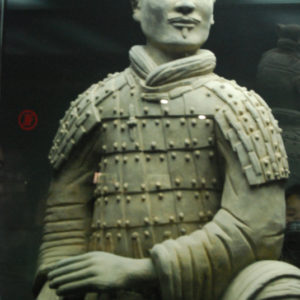
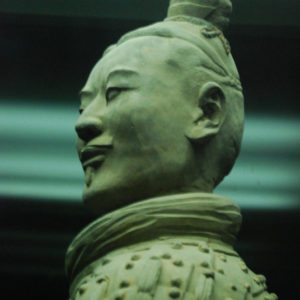
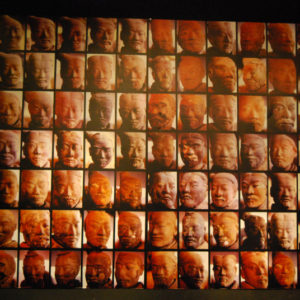
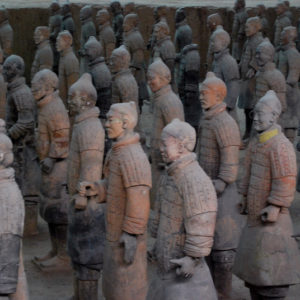
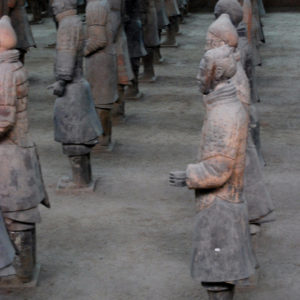
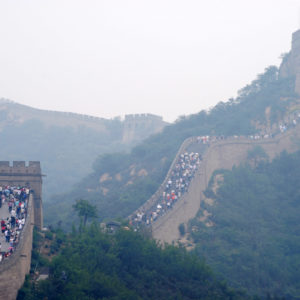
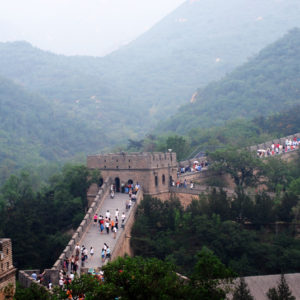
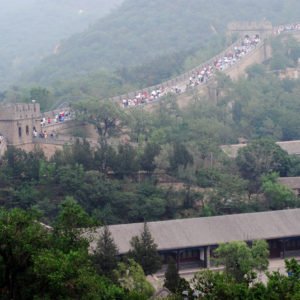
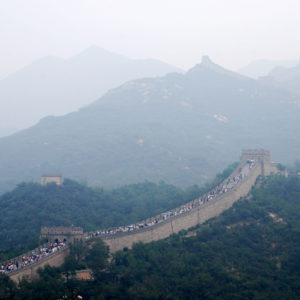
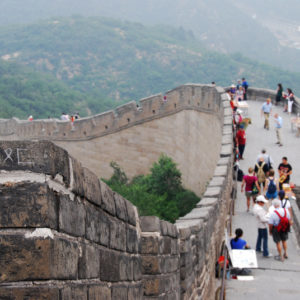
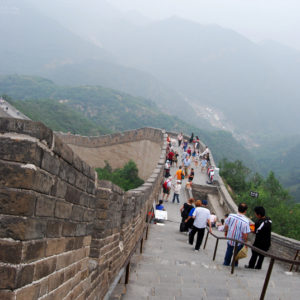
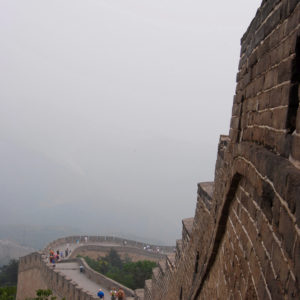
Leave a Reply